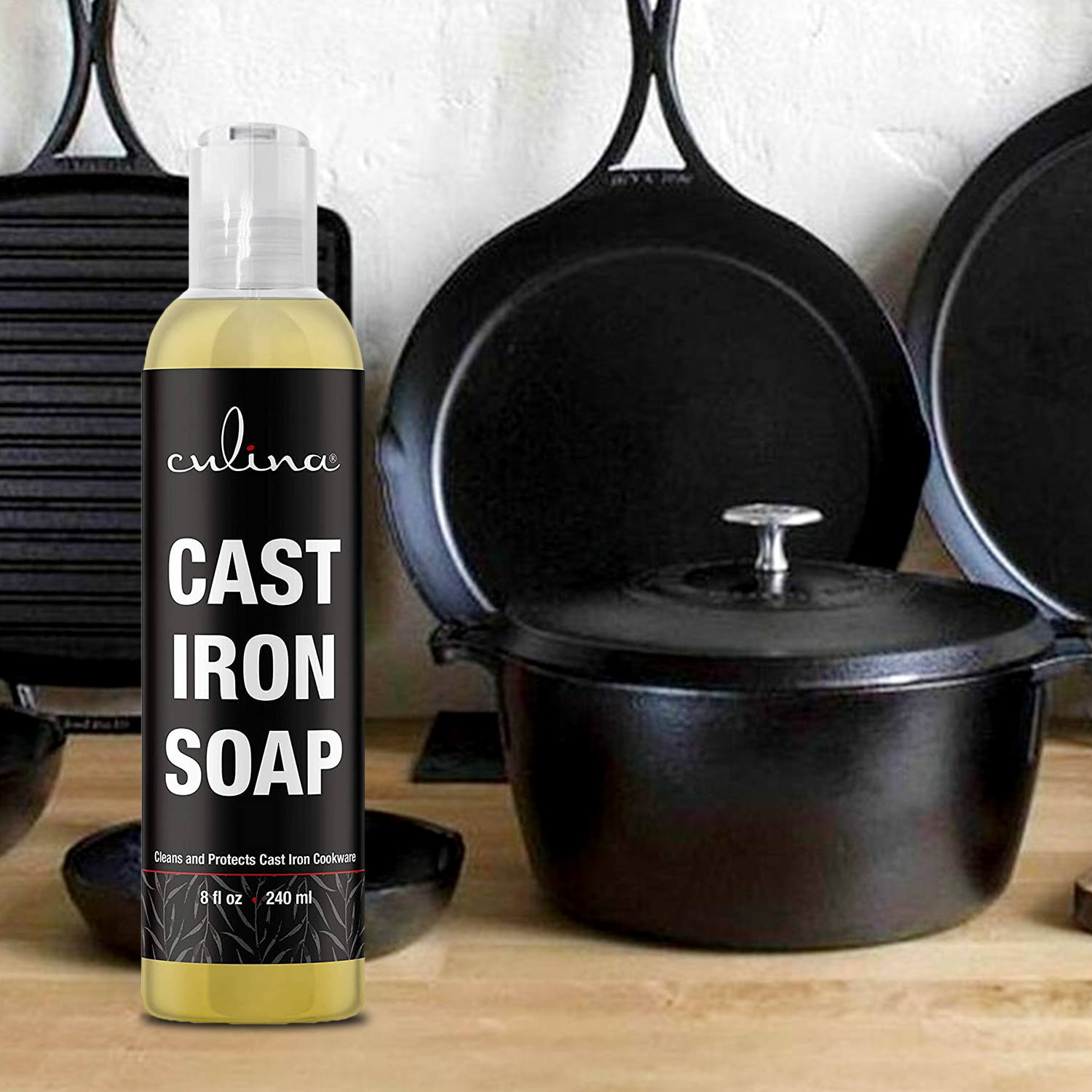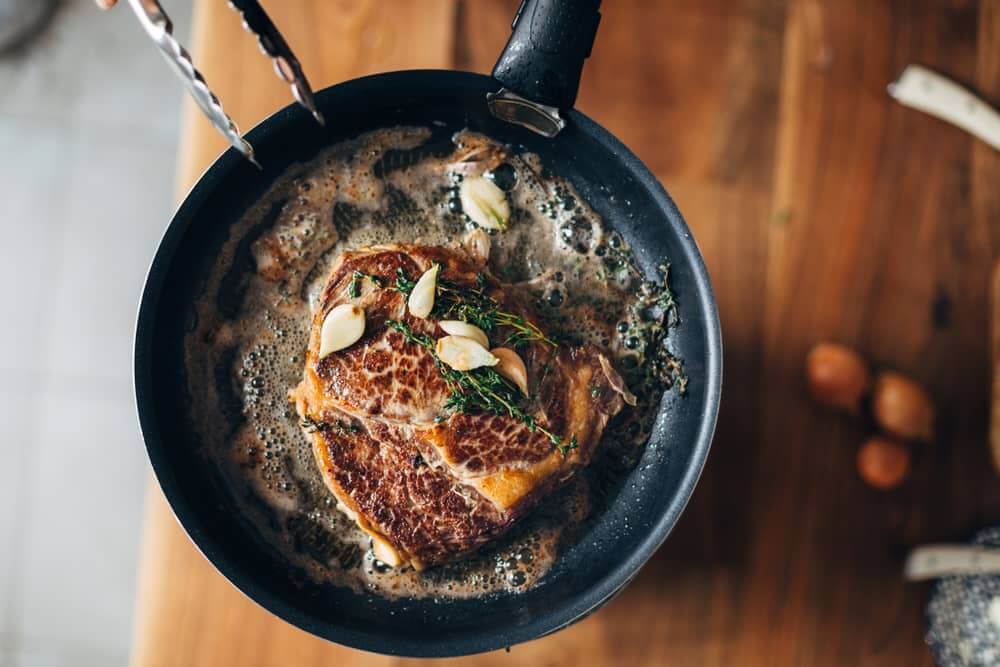Seasoning a corn stick skillet is a crucial step for any kitchen enthusiast aiming to achieve perfectly crispy and non-stick corn sticks. Not only does it enhance the performance of the skillet, but it also extends its longevity. In this comprehensive guide, we will uncover the steps on how to season a corn stick skillet effectively. Seasoning involves more than just pouring oil onto the skillet; its about creating a protective, non-stick coating that improves with each use.

What is Seasoning?
At its core, seasoning is the process of building up layers of polymerized fat on the skillet. This forms a naturally occurring, non-stick coating. Proper seasoning is essential for cast iron cookware, as it prevents rust and enhances the flavor of your food.

Why Season a Corn Stick Skillet?
Seasoning a corn stick skillet is critical for several reasons. First, it protects the skillet from rusting. Second, it creates a natural, non-toxic, non-stick surface that makes cooking and cleaning a joy. Third, it enhances food flavor, making every dish you prepare even more enjoyable.

Materials You Will Need
- Clean, dry corn stick skillet
- Vegetable oil or shortening
- Paper towels or a clean cloth
- Oven
Step-by-Step Guide on How to Season a Corn Stick Skillet
Step 1: Cleaning the Skillet
Before you start seasoning your corn stick skillet, it must be thoroughly clean. Wash it with warm, soapy water, and scrub off any rust or factory coating using a stiff brush or steel wool.
Step 2: Drying the Skillet
After washing, dry your skillet completely. Any moisture left will cause it to rust. You can place it on a stove burner on low heat to ensure its bone-dry.
Step 3: Applying the Oil
Once the skillet is dry, apply a thin layer of vegetable oil or shortening to its entire surface, including the handles and bottom. Use a paper towel or a clean cloth to spread the oil evenly, ensuring every part of the skillet is covered.
Step 4: Baking the Skillet
Place the oiled skillet upside down in an oven preheated to 375F (190C). To catch any oil drips, place a sheet of aluminum foil on the rack below. Bake the skillet for at least one hour, allowing the oil to bond with the iron and form a protective layer.
Step 5: Cooling the Skillet
After an hour, turn off the oven and let the skillet cool inside. This gradual cooling process helps the seasoning layer to set properly.
Maintaining Your Seasoned Corn Stick Skillet
Once seasoned, proper maintenance is essential to keep your skillet in top condition. Rinse it with hot water after each use and dry it thoroughly. Occasionally, apply a thin layer of oil to uphold its non-stick surface.
Cleaning Tips
For effective cleaning of your seasoned corn stick skillet, avoid using soap or abrasives. Instead, use warm water and a soft brush. If there’s any stuck food, boiling water in the skillet can help loosen it.
Restoring a Rusty Skillet
If you notice rust on your skillet, don’t panic. You can learn repair cast iron to restore it. Give the skillet a good scrub with steel wool, and re-season it to bring back its non-stick, rust-free surface.
Benefits of a Well-Seasoned Skillet
- Improves food flavor over time
- Enhances non-stick capabilities
- Extends the life of the skillet
- Makes cleaning easier
Common Mistakes to Avoid
Understanding what not to do is just as important as knowing the right steps. Here are some common mistakes to avoid when seasoning your corn stick skillet:
- Using too much oil: This can result in a sticky residue instead of a smooth, hard finish.
- Insufficient cleaning: Any lingering debris can prevent the oil from bonding with the iron.
- Not drying properly: Water left on the skillet can cause rust, undermining your seasoning efforts.
FAQs
How often should I season my corn stick skillet?
Regular seasoning is key to maintaining your skillet. Ideally, you should season it after every use, especially if you notice the food starting to stick.
Can I use my corn stick skillet for other foods?
Absolutely! A well-seasoned corn stick skillet is versatile and can be used to cook various dishes, from cornbread to small cakes.
What type of oil is best for seasoning?
Vegetable oil or shortening works best due to its high smoke point and ability to create a durable seasoning layer. Some people also prefer flaxseed oil for its superior polymerization.
Conclusion
Seasoning a corn stick skillet is an art that enhances the cookwares performance, flavor, and longevity. Following these approved techniques ensures your corn stick skillet remains a reliable kitchen companion. As you continue to use and care for your skillet, youll find that each meal prepared brings out its best qualities.
For more information on maintaining your cast iron cookware, visit season cast iron.
As an Amazon Associate, I earn from qualifying purchases.
